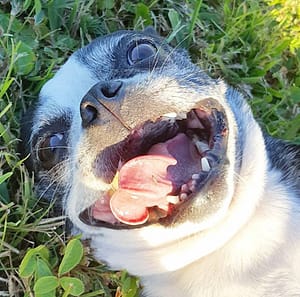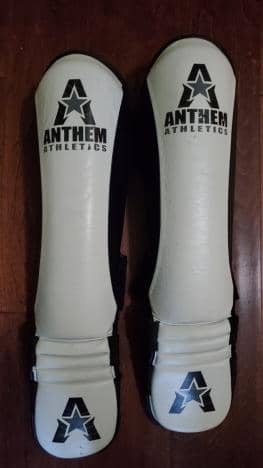Honestly, there’s few things in this world I treasure as much as the time I spend with my pup. And as the years go by and my little Boston terrier named Grizzly starts to get more of a salt and pepper look as distinguished grey hair pops up on his face and shoulders, I realize that if I’m going to have as much time as I can with my little guy I’m going to have to make sure he gets the care he needs, as is the case with all dogs. Be it through proper feeding, regular vet trips, tooth brushing, and most importantly; exercise.
Exercising Your Dogs Is Your Responsibility
Exercise with your dogs isn’t just a fun option to pass the time with your pets. I may be a bit harsh here, but if you’re not willing to give them what they need in terms of time spent playing, running, or tug-of-warring then you should probably consider a less active pet. It’s one hundred percent a necessity to keep your dogs optimally physically and mentally in shape.
Obesity in this country isn’t just a major health problem for people, it’s affecting our dogs too. About fourty percent of all dogs seen in the U.S. are considered overweight, and many of those are clinically obese.
Obese dogs can’t enjoy physical activities. Being obese also decrease your dog’s speed, stamina, and ability to deal with warm temperatures. Obesity is also associated with medical problems such as arthritic pain in overburdened joints, torn ligaments, back problems, cardiac problems, increased surgical risks, skin problems, breathing difficulty, and even increase the risk for some cancers.
And if the medical risks of letting your dog be overweight isn’t enough, consider the fact that their behavior is greatly affected by a lack of exercise. Dogs are active animals by nature, and preventing them from getting the work outs they need can build up frustration in your pup. This frustration can lead to hyperactivity, barking, digging, and home destruction.

What You Can Do
To begin with, if you have an overweight, elderly, sick, or brachycephalic dog make sure to contact a vet and do your research before starting a new exercise program. These dogs are more vulnerable to both heat and exhaustion, so you’ll have to be extra careful.
Exercise requirements are also going to depend on your dog’s age, breed, and just who they are as an individual. Puppies, for example, only need short bursts of exercise and should never be taken beyond their limit. You should never take a puppy jogging until they’re fully grown.
And also consider that you can’t turn a dog that was a couch potato into a world class runner overnight. With your adult dog you’ll have to make sure to work up to long walks or running gradually. Exercise with your dog at a slow, steady pace until they’re ready to kick it up a notch.
If you’re walking or jogging, be sure to avoid hot pavement and check your dog’s paws for abrasions. If your dog is lagging behind, panting excessively, breathing heavily or having trouble keeping up with you, stop! Offer a little water if you have some, and plan to reduce the duration and intensity of your next session until you’re working at a pace your dog can safely maintain. Don’t exercise in the heat of day; your dog can’t cool like you can. You can purchase special attachments for running your dog next to your bicycle, and you can even buy treadmills designed especially for dogs.
And just remember, each dog is an individual, from their breed to their personality. Make sure to build up a program you both can stick to, as these guys are only on this earth for a short time. It’s our responsibilty to make it the best time they can have.


